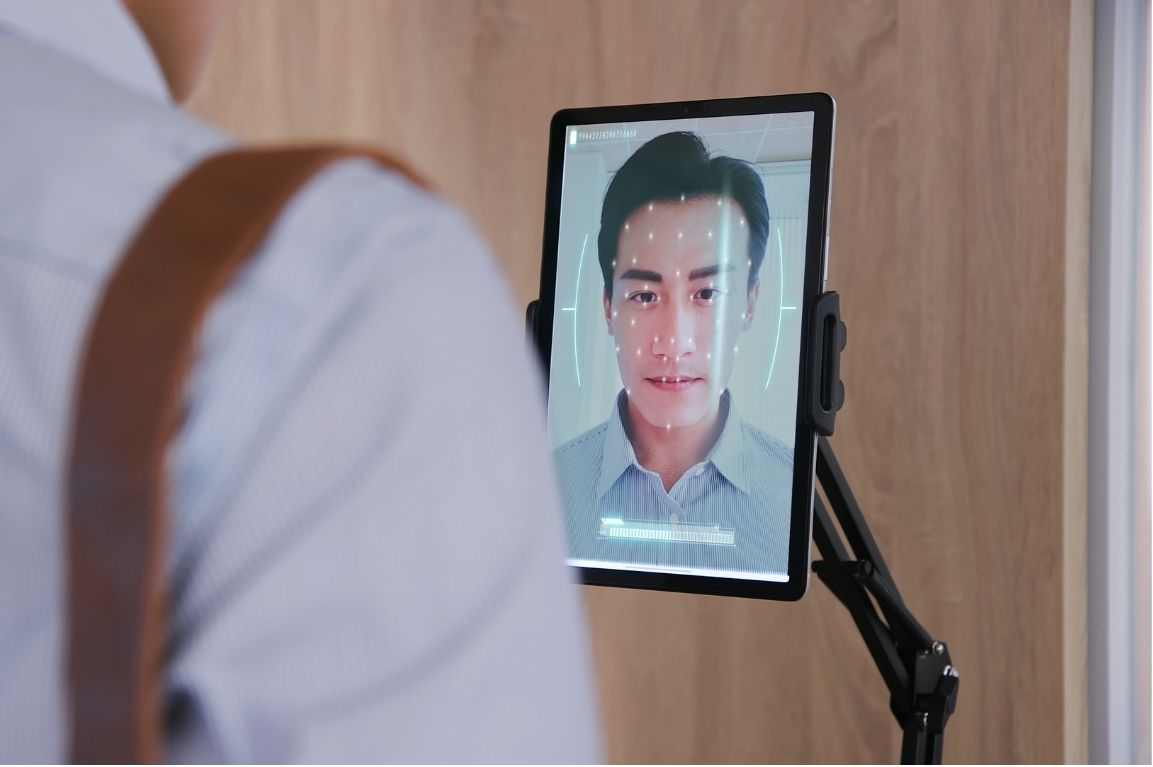A Visitor Management System is designed to track and manage individuals entering a facility. A critical aspect of such systems is visitor authentication, which ensures that the right people gain access to a premises while minimizing potential security risks.
In this article, we will explore several commonly used visitor authentication methods in a Visitor Management System.
1. Photo ID Verification
One of the simplest and most widely used authentication methods in a visitor management system is photo identification (ID) verification. Upon arrival, visitors are typically asked to present a government-issued ID, such as a driver’s license or passport, which is then scanned into the system. The system cross-references the data with any pre-registered information and stores the visitor’s ID photo in the database. This process is quick and efficient, ensuring that only verified individuals gain entry.
Additionally, many VMS platforms allow the system to take a photograph of the visitor upon arrival for real-time identification. This provides an additional layer of security by capturing the actual visitor’s appearance, which can be compared with the ID or used for future visits.
Our visitor management system has an advantage in UAE especially because our visitor management process supports Passport or Emirates ID verification.
2. QR Code Authentication
Another increasingly popular method is QR code-based authentication. In this scenario, visitors pre-register their visit online and receive a unique QR code via email or SMS. Upon arrival, they simply scan the code at a kiosk or with a receptionist to confirm their identity. This eliminates the need for manual data entry, reducing waiting times and enhancing overall efficiency. QR code authentication is particularly useful for large-scale events, conferences, or facilities with frequent visitors.
3. Biometric Authentication
Biometric authentication methods, such as fingerprint scans, facial recognition, or iris scans, are rapidly gaining traction in visitor management systems due to their high level of security. These methods rely on unique physiological characteristics, making them difficult to replicate or forge.
Facial recognition systems, for instance, capture a visitor’s facial features at the entry point and compare them with pre-registered data. If the system recognizes the visitor, access is granted. This touchless method is not only secure but also highly convenient, especially in environments where hygiene is a priority, such as hospitals or laboratories.
4. RFID and Smart Card Authentication
Radio-frequency identification (RFID) and smart card-based authentication are also commonly used in visitor management systems, particularly in facilities with recurring visitors. RFID badges or smart cards contain embedded chips with unique information about the visitor, allowing them to quickly “tap in” for authentication. This method is frequently employed in corporate offices, where frequent guests, contractors, or employees need fast, secure access. By issuing temporary RFID cards or badges, the system can keep a log of the visitor’s entry and exit, enhancing security without causing delays.
5. Two-Factor Authentication (2FA)
Two-factor authentication adds an additional layer of security by requiring visitors to verify their identity through a second method, such as a PIN, password, or mobile verification code. After entering their basic details, visitors receive a code on their smartphone, which they must input to complete the authentication process. This method is particularly useful for sensitive areas, where higher levels of security are required.
In conclusion, visitor authentication methods in a VMS are essential for ensuring that only authorized individuals are allowed entry into a facility. These methods makes front desk visitor management easy while uplifting efficiency. Whether through traditional methods like photo ID verification or cutting-edge biometric technology, each method offers its own set of advantages tailored to the security needs of the organization. As technology evolves, we can expect even more sophisticated, secure, and efficient visitor authentication methods to become standard practice across industries.
